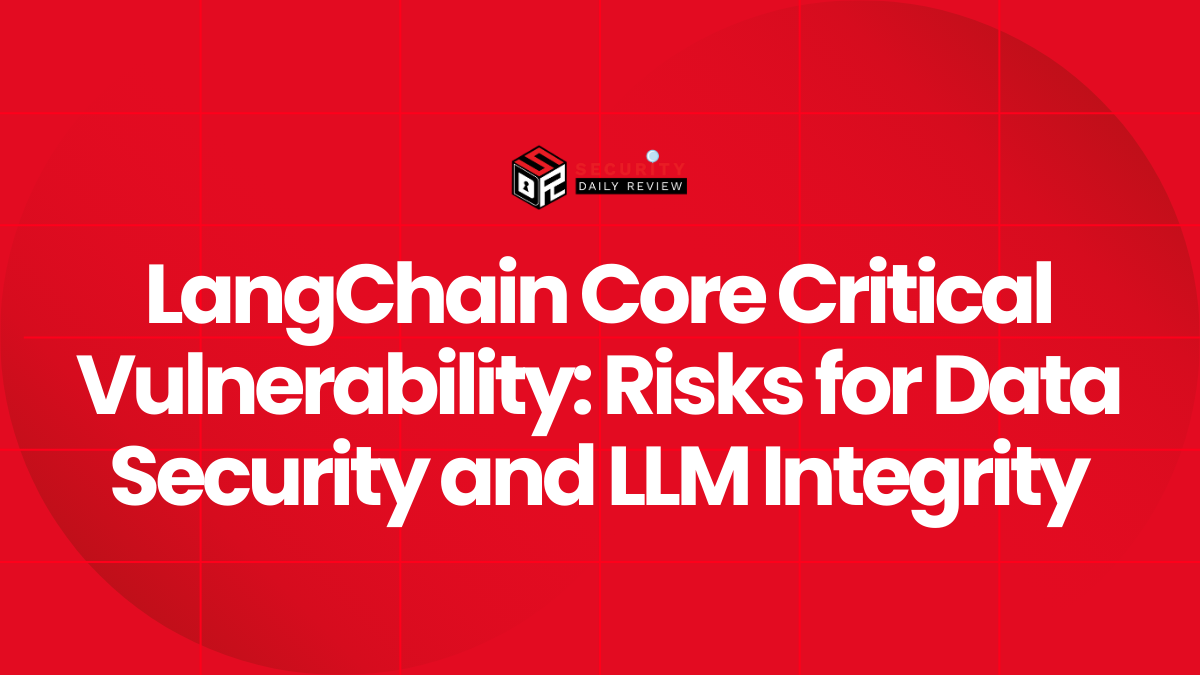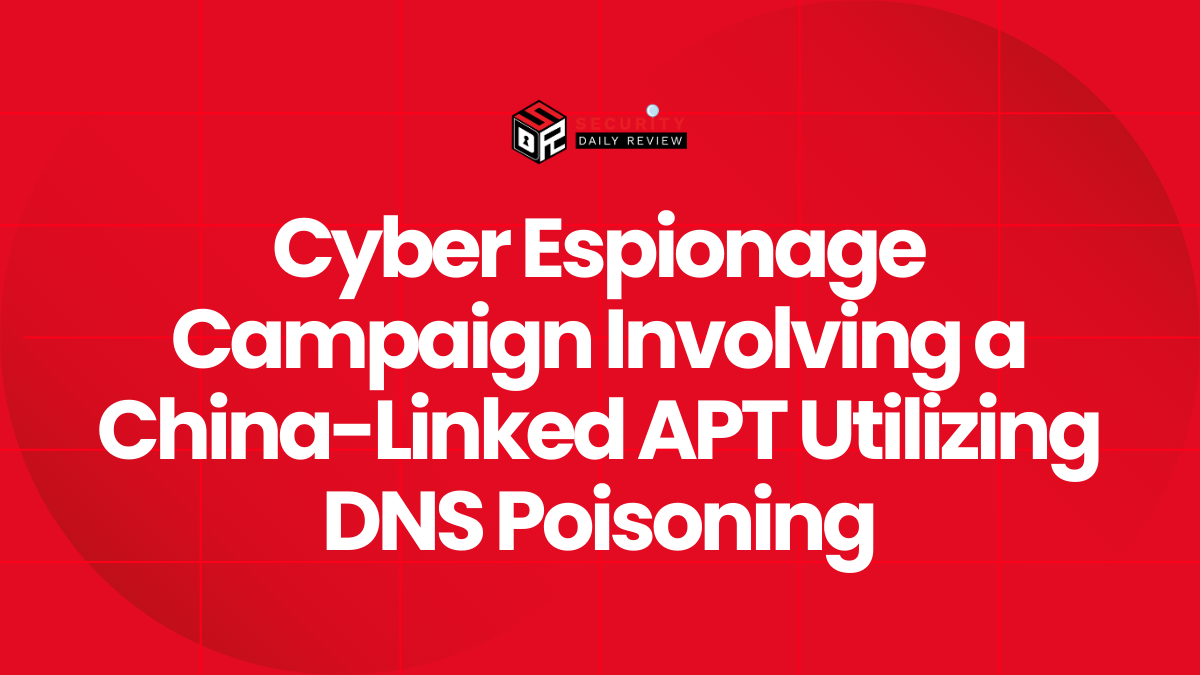In June 2024, the FBI, in partnership with international law enforcement agencies, announced a major victory in the fight against cybercrime. Through a coordinated global operation, they successfully dismantled the infamous 911 S5 botnet, believed to be the largest botnet in existence spanning nearly 200 countries.
911 S5, also known as Botnet.S.Bot, was an insidious network of compromised devices infected with malware that allowed a criminal operator known as a “botmaster” to remotely control the devices without their owners’ knowledge.
At its peak, 911 S5 comprised over 600,000 IP addresses, forming a vast digital army that was used to carry out widespread cyberattacks.
How Do Botnets Operate?
Botnets are created when attackers infect internet-connected devices, including computers, IoT gadgets, and routers, with malicious software or “malware.” This transforms the devices into “zombie bots” under the command of the botmaster.
The bots form a covert network spread out across many countries and domains. From a centralized control server, the botmaster can remotely issue simultaneous commands that orchestrate large-scale, coordinated cyberattacks.
Some common techniques botmasters use to infect devices include:
- Exploiting unpatched software vulnerabilities
- Embedding malware payload in phishing emails and links
- Ransomware infections that later introduce a botnet component
Once infected, the bots can also propagate further by infecting other vulnerable systems on the same network, leading to exponential botnet growth. Their distributed, dynamic nature makes them extraordinarily challenging for law enforcement to detect and take down.
The Scope of 911 S5’s Criminal Operations
The 911 S5 botnet posed severe threats to both individuals and businesses through a range of illicit online activities. Some of its most damaging operations included:
- Financial Fraud: 911 S5 targeted pandemic relief funds, resulting in an estimated $5.9 billion in fraudulent unemployment claims filed in the United States alone. It was also involved in other financial scams such as click fraud, cryptocurrency mining, and spam campaigns.
- Ransomware Attacks: The botnet served as an infrastructure for distributing various types of ransomware, including those involved in data-scrambling ransomware attacks demanding hefty ransom payments.
- Data Theft: It stole sensitive data from both individuals and enterprises, compromising financial information, customer records, intellectual property, trade secrets, and more.
- DDoS Attacks: 911 S5 carried out powerful distributed denial-of-service (DDoS) attacks that flooded websites and internet services with malicious traffic, disrupting their operations.
The colossal scale and wide-ranging criminal activities of 911 S5 made it a severe and ongoing threat that inflicted billions in damages worldwide. Its takedown was a watershed moment in the global fight against cybercrime.
The FBI’s Operation: Dismantling the 911 S5 Botnet
The takedown of the 911 S5 Botnet was a result of extensive international collaboration. The FBI worked closely with law enforcement agencies, cybersecurity firms, and other international partners to share information, pool resources, and develop innovative strategies to dismantle the botnet.
Key Steps in the Operation:
Identification and Monitoring: The first step in dismantling the botnet involved identifying and monitoring its activities. This required extensive surveillance and intelligence gathering to understand the botnet’s structure and operations.
Collaboration with Cybersecurity Firms: The FBI collaborated with various cybersecurity firms to analyze the malware used by the botnet and develop countermeasures. These firms played a crucial role in identifying vulnerabilities and devising strategies to disrupt the botnet’s operations.
Coordinated Action: Once sufficient intelligence was gathered, the FBI and its partners launched a coordinated action to take down the botnet. This involved seizing servers, arresting key individuals, and disrupting the botnet’s command and control infrastructure.
Public Awareness and Prevention: Following the takedown, the FBI and its partners launched public awareness campaigns to educate businesses and individuals about the threat posed by botnets and the importance of cybersecurity measures.
Botnets Pose an Existential Threat to Businesses
Beyond consumer threats, botnets pose severe multi-fold risks to enterprises that could cripple their operations and profitability:
Financial Losses
- Expenses associated with data breaches, ransomware payments, fraud, and system recovery
- Downtime costs and lost productivity during attacks
Reputational Damage
- Loss of customer trust and brand damage from a publicized breach
- Negative media attention difficulting attracting new business
Operational Disruptions
- Websites knocked offline by DDoS attacks
- Critical systems and data held hostage by ransomware
- Resource drain from incident response and recovery efforts
To protect themselves, businesses must partner with skilled cybersecurity firms to implement botnet detection technologies, strengthen network segmentation, deploy segmented backups, practice ransomware defense, and follow security best practices. A proactive security posture is key to thwarting these evolving digital threats.
Some Notorious Historic Botnets
While 911 S5 was unprecedented in scale, other major botnets throughout history inflicted severe damage through pioneering new attack vectors:
- Mirai (2016) – Comprised of insecure IoT devices, it launched record DDoS attacks against sites like Dyn and exposed IoT security risks.
- Necurs (2012-2019) – Primarily distributed spam and malicious attachments, infecting millions of systems worldwide.
- Emotet (2014-2021) – Notorious for its modular design allowing a range of malware payloads, including ransomware distribution.
- Gameover Zeus (2011-2014) – Targeted banks directly, stealing login data and causing hundreds of millions in losses.
- Meris Botnet (2021) – Orchestrated a record 17.2 million RPS DDoS attack, demonstrating the growing technical sophistication of botnet operators.
As botnets continue to evolve, close public-private collaboration between law enforcement, businesses, and cybersecurity experts will be crucial to counter these persistent cyber threats. Lessons from past take-downs can also help strengthen organizational defenses.
Conclusion
The takedown of the world’s largest botnet, 911 S5, exemplifies the importance of global cooperation against cybercrime. By sharing intelligence and pooling cross-border resources, public agencies and private sector partners can monitor botnet activity at scale, attribute attacks, and ultimately dismantle these illicit networks.
Only through continued coordinated efforts between law enforcement, national CERT teams, and information sharing alliances like ISAOs and FS-ISAC, supported by proactive security from businesses, can the cyber landscape become less hospitable for botmasters. The 911 S5 case serves as an inspiration and a template for future successes.
FAQs
What is the 911 S5 Botnet?
The 911 S5 Botnet was the world’s largest botnet, spanning nearly 200 countries and linked to over 600,000 IP addresses. It was responsible for a wide range of cybercrimes, including targeting pandemic relief funds and facilitating ransomware attacks.
How did the FBI dismantle the 911 S5 Botnet?
The FBI, in collaboration with international partners and cybersecurity firms, conducted extensive surveillance and intelligence gathering to understand the botnet’s structure and operations. They then launched a coordinated action to seize servers, arrest key individuals, and disrupt the botnet’s command and control infrastructure.
What are the main threats posed by botnets?
Botnets can carry out a variety of malicious activities, including Distributed Denial of Service (DDoS) attacks, spam campaigns, ransomware attacks, financial fraud, and data breaches. These activities can result in significant financial losses, reputational damage, and compromised sensitive information.
How can businesses protect themselves from botnets?
Businesses can protect themselves from botnets by implementing strong cybersecurity measures such as regular software updates, advanced threat detection systems, employee training, multi-factor authentication, and regular data backups. Collaborating with cybersecurity firms and staying informed about the latest cybersecurity threats can also enhance a company’s defenses.
What role do cybersecurity firms play in combating botnets?
Cybersecurity firms play a crucial role in combating botnets by providing specialized expertise and resources. They conduct security assessments, identify vulnerabilities, develop tailored strategies, and offer ongoing monitoring and support. Their collaboration with law enforcement agencies can significantly enhance efforts to dismantle botnets and mitigate cyber threats.









